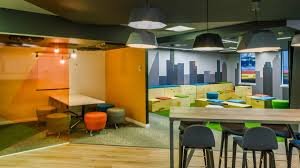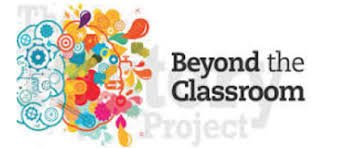How The Classroom environment affects Learning
Updated: 17 May 2025
Classroom environment affects Learning:
In the quest to improve education, much of the Classroom environment focus has been on curriculum, technology, and teaching methods. But one critical factor often goes overlooked: the physical classroom environment. Can the design of a learning space actually influence how well students absorb information, engage with material, and collaborate with peers?
The answer, increasingly backed by research, is yes. The physical space in which students learn has a measurable impact on their academic performance and overall well-being. Here’s why—and how thoughtful classroom design is becoming an essential part of modern education.

The Science Behind Space and Learning
Studies from institutions like the University of Salford and Harvard Graduate School of Education have found that classroom design can account for as much as 16% of the variation in student academic progress. That’s a significant margin influenced not by what’s taught, but where it’s taught.
Key environmental factors include:
- Lighting: Natural light improves concentration and reduces fatigue.
- Temperature and Air Quality: Poor ventilation and extreme temperatures can hinder focus and increase absenteeism.
- Noise Levels: Acoustic design plays a crucial role in ensuring all students can hear and engage, especially those with learning differences.
- Furniture and Layout: Flexible seating and open floor plans foster collaboration, autonomy, and movement.

From Rows to Collaboration Zones
Traditional classrooms with desks in rigid rows are giving way to more flexible and dynamic learning spaces. Modular furniture, writable surfaces, and movable partitions allow teachers to adapt the room layout to the lesson at hand—be it group work, independent study, or multimedia presentations.
These changes aren’t just aesthetic. They support a pedagogical shift toward student-centered learning. When students are given agency over their physical environment—choosing where and how they work best—they become more engaged and responsible learners.

Technology Integration
Modern classrooms are also being designed to seamlessly incorporate technology. Charging stations, interactive displays, and high-speed internet are now baseline requirements. But more important is how these tools are positioned and accessed. Design should ensure tech enhances the learning experience rather than distracts from it.

Inclusive Design for All Learners
A well-designed classroom takes into account the diverse needs of its students. That means providing spaces that accommodate different learning styles and sensory sensitivities. For example, quiet corners can help neurodiverse students manage stimulation, while standing desks may benefit those with ADHD.
Universal Design for Learning (UDL) principles emphasize this inclusivity, ensuring all students—not just the average—can thrive.

Beyond the Classroom Walls
The concept of the classroom is expanding. Outdoor classrooms, maker spaces, and learning commons are becoming extensions of the traditional room. These environments foster creativity, collaboration, and real-world problem-solving, all of which are key competencies for today’s learners.

Final Thoughts
The classroom of the future isn’t just about smartboards and laptops—it’s about creating spaces that are as dynamic and adaptable as the minds within them. As educators and administrators consider reforms, they’d do well to remember that environment shapes behavior. By redesigning the physical classroom, we’re not just rearranging furniture—we’re rethinking the future of learning.


